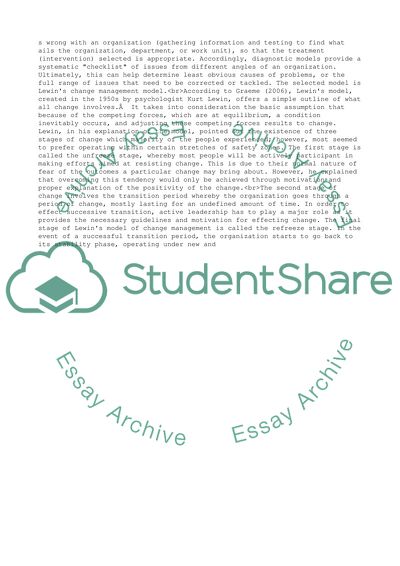Cite this document
(Diagnosis Assignment Example | Topics and Well Written Essays - 3000 words, n.d.)
Diagnosis Assignment Example | Topics and Well Written Essays - 3000 words. https://studentshare.org/management/1855962-diagnosis
Diagnosis Assignment Example | Topics and Well Written Essays - 3000 words. https://studentshare.org/management/1855962-diagnosis
(Diagnosis Assignment Example | Topics and Well Written Essays - 3000 Words)
Diagnosis Assignment Example | Topics and Well Written Essays - 3000 Words. https://studentshare.org/management/1855962-diagnosis.
Diagnosis Assignment Example | Topics and Well Written Essays - 3000 Words. https://studentshare.org/management/1855962-diagnosis.
“Diagnosis Assignment Example | Topics and Well Written Essays - 3000 Words”. https://studentshare.org/management/1855962-diagnosis.


